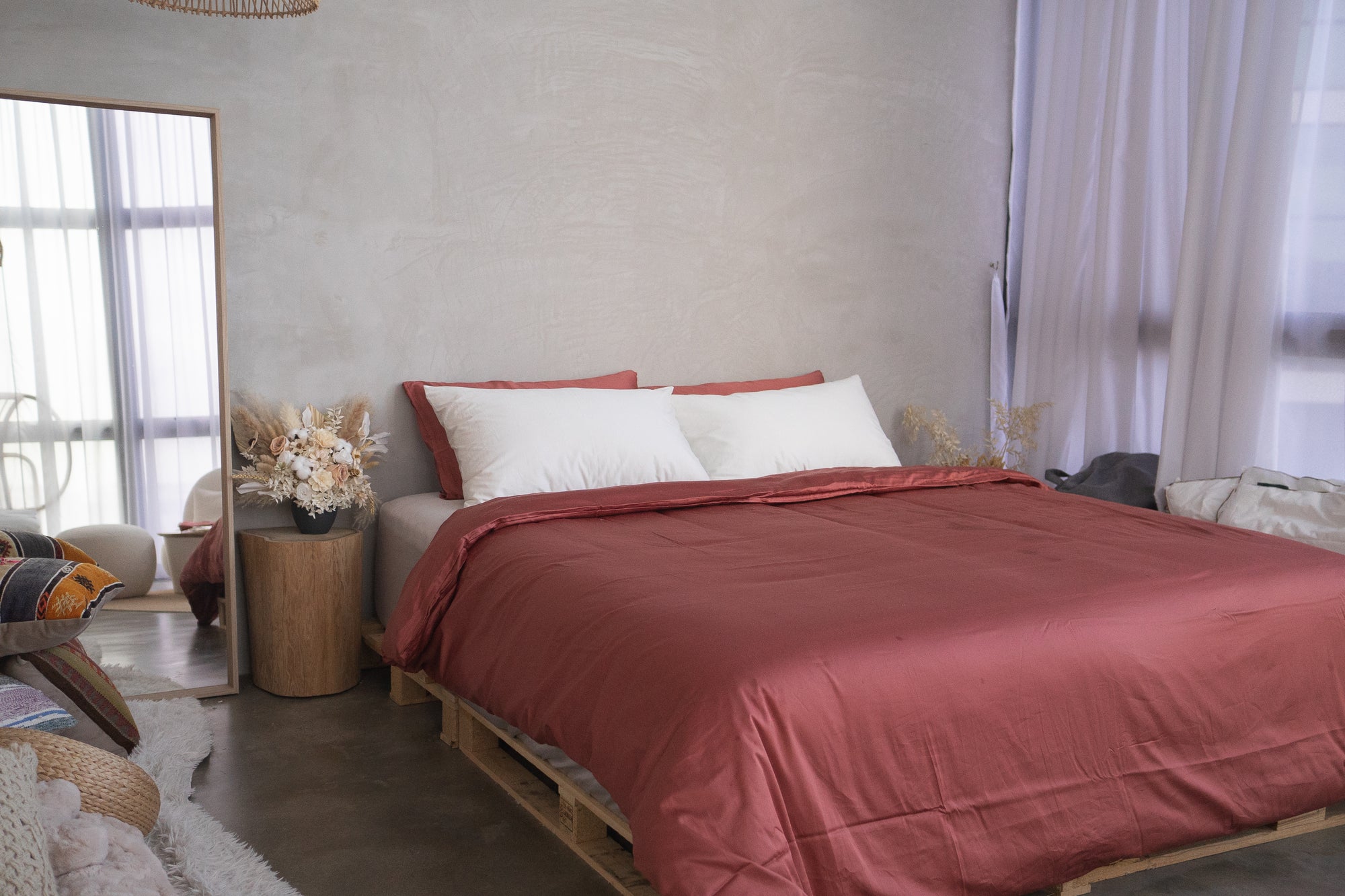Yellowing of fabric is a common issue that plagues various textiles, from bed sheets and clothing to upholstery. Over time, fabrics can develop a yellow or brownish tint, which can be frustrating for anyone looking to maintain the original vibrancy and appearance of their favourite fabrics. In this article, we will explore the reasons behind the yellowing of fabric, share effective preventive measures, and provide remedies to tackle this common problem.
Causes of Fabric Yellowing
Natural Aging: Like all things in life, fabrics age with time. Exposure to light, air, and environmental pollutants gradually breaks down the fibres, leading to changes in colour and appearance.
Sunlight Exposure: Ultraviolet (UV) radiation from sunlight can speed up fabric degradation, causing it to become discoloured. Fabrics exposed to direct sunlight are particularly susceptible to yellowing.
Oxidation: When fabrics are exposed to oxygen over an extended period, oxidation occurs. This chemical reaction can lead to a yellowish hue on the fabric.
Chemical Reactions: Certain substances found in perfumes, deodorants, and cleaning agents can react with fabric dyes or fibres, causing discolouration. Using chlorine bleach on fabrics not meant for it can also result in yellowing.
Improper Storage and Cleaning: Storing fabrics in humid conditions or failing to remove stains before storage can contribute to yellowing. Harsh cleaning agents or improper washing methods may also cause discolouration.
Preventing Fabric Yellowing

Proper Storage: To minimise yellowing, store fabrics in a cool, dry, and dark place. Avoid exposing them to direct sunlight or excessive humidity.
Gentle Cleaning: Follow care instructions when washing fabrics and use mild detergents that are suitable for the fabric type. Consider adding a cup of distilled white vinegar to the wash to help remove residues and prevent yellowing.
Avoid Sun Exposure: Limit direct sunlight exposure on fabrics by using curtains or blinds to protect them from UV radiation.
Regular Maintenance: Clean fabrics regularly to prevent dirt and pollutants from building up, which can contribute to yellowing over time.
Remedies for Fabric Yellowing

Rewash the Fabric: If your fabric has yellowed after storage, try washing it again using cold water and a mild detergent. Avoid using hot water, as it can set stains.
Spot Treatment: For localised yellowing, create a mixture of hydrogen peroxide and water. Test it on a small inconspicuous area before applying it to the yellowed spots.
Baking Soda Paste: Make a paste using baking soda and water and gently rub it onto the yellowed areas. Allow it to sit for some time before washing the fabric again
Sun Bleaching: If the fabric is white or light-coloured and made of natural fibres, sun bleaching might help. Dampen the fabric and place it in direct sunlight, but monitor it closely to avoid damage.
Conclusion
Fabric yellowing can be distressing, but understanding the causes behind it can help us prevent and address the issue. Proper storage, gentle cleaning, and limiting sun exposure are essential steps in maintaining the vibrancy of our fabrics. If yellowing does occur, we can try various remedies such as rewashing, spot treatments, or sun bleaching, but the success of these methods may vary depending on the extent of the discolouration. If unsure or dealing with valuable fabrics, seeking professional advice is always a wise decision. If you're unsure about anything, you can always contact us.

